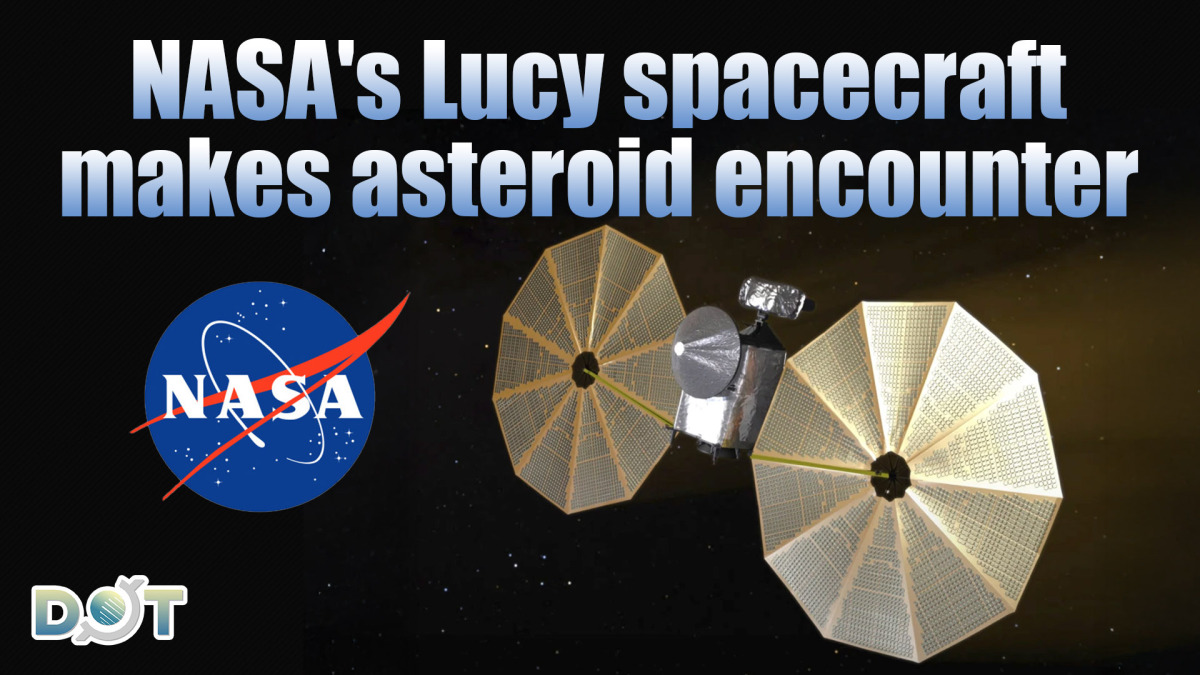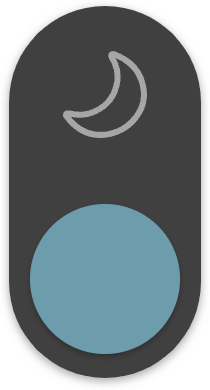
NASA has announced that its Lucy spacecraft made a close approach to the small main belt asteroid, codenamed "Donaldjohanson," on Sunday (April 20) at 1:51 pm Eastern Time (0551 GMT). The spacecraft reached a distance of 960 kilometers while traveling at approximately 48,000 kilometers per hour.
Following the encounter, Lucy successfully communicated with mission control, reporting that it is in good health. The operations team has now commanded the spacecraft to begin transmitting the data collected during the flyby back to Earth, a process expected to take about a week. This data will help scientists better understand the asteroid and prepare for upcoming observations of the mission's primary targets, the Jupiter Trojan asteroids, set to begin in 2027.

The Lucy mission is named after the fossilized skeleton of a pre-human ancestor discovered in Ethiopia in 1974. Just as the Lucy fossil provided crucial insights into human evolution, this mission aims to enhance our understanding of planetary origins and the formation of our solar system.
Launched on October 16, 2021, Lucy is on a groundbreaking journey to survey the Jupiter Trojan asteroids, a previously unexplored group of small celestial bodies that orbit the Sun.
Related News:
US completes first human spaceflight mission to Earth's polar regions




















Comment